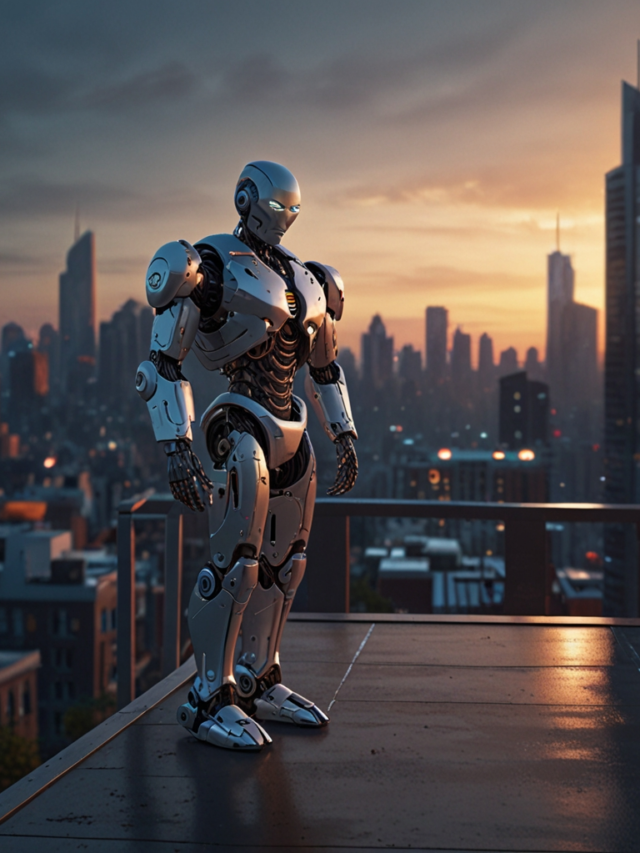Monica, a Chinese startup, has launched a new AI agent named Manus that can independently tackle complex tasks like travel planning and financial analysis. While it has captured attention with its early demonstrations, Manus is currently available in a limited release, and detailed technical information is not yet public. Users interact with Manus through simple text prompts, allowing it to create outputs like interactive dashboards. Co-founder Yichao Ji claims that Manus outperforms competitors on a benchmarking test, but specifics about its technology are scarce. As the AI race continues, companies like OpenAI and Google are also developing their own advanced AI agents, raising questions about reliability and security.
A new AI agent called Manus is making waves in the tech scene. Developed by the Chinese startup Monica, Manus has shown its ability to tackle complex tasks, ranging from travel planning to financial analysis, all without needing human help. While the initial demonstrations have caught attention, the system is still in limited release, with many technical details hidden from the public.
The Manus website showcases its capabilities, providing real-world examples of how the agent handles various tasks. Users can input natural language prompts, and Manus translates these requests into finished projects. For instance, when given a prompt about analyzing Tesla stocks, it automatically generated and published an interactive dashboard online.
Monica’s co-founder and chief scientist Yichao “Peak” Ji explained in a presentation that Manus goes beyond typical chatbots and workflow tools. Instead of just providing suggestions, Manus can take direct action through web interfaces. The name “Manus” comes from the Latin phrase “Mens et Manus,” meaning “mind and hand,” highlighting its ability to both plan tasks and perform them.
Despite its promising features, Manus is currently operating on an invite-only basis. According to reports, the demand for the agent has outpaced their initial infrastructure, which was only prepared for demonstrations. There are questions about Manus’ underlying technology, but the company has not revealed much information, making it difficult to verify its performance claims.
As AI agents like Manus continue to develop, there are similarities to other systems in the industry, such as OpenAI’s Operator. This race to create autonomous AI agents is heating up, with major players like Google and Nvidia making strides in their technologies. However, experts urge caution, as recent studies show AI agents can be easily manipulated, potentially leading to security risks when they have access to personal data and web services.
In summary, Manus is a significant step forward in AI technology, demonstrating how machines can manage complex tasks autonomously. As the buzz grows, it will be interesting to see how Manus and similar tools reshape the future of work and everyday tasks.
Tags: AI agent, Manus, Monica, autonomous technology, technology news, financial analysis, travel planning, Yichao Ji, OpenAI, Google
What is Manus AI?
Manus AI is a new AI technology that helps other AI systems learn and work better. It’s designed to improve how AI understands and interacts with the world around it.
Why is Manus AI important for Western AI labs?
Manus AI can change the way AI is developed and used. It allows labs to create smarter AIs faster, making them more effective in tasks like language processing and data analysis.
What does the term “Deepseek moment” mean?
The “Deepseek moment” refers to a breakthrough in AI technology that significantly improves its capabilities. Many believe Manus AI could be such a breakthrough for Western AI labs.
How might Manus AI impact daily life?
If Manus AI becomes widely used, it could enhance everyday applications, making things like virtual assistants, customer service bots, and healthcare tools much more efficient and responsive.
When can we expect to see Manus AI in action?
It’s still in development, but many experts think we might start seeing its effects in real-world applications within the next few years as more labs adopt this technology.






